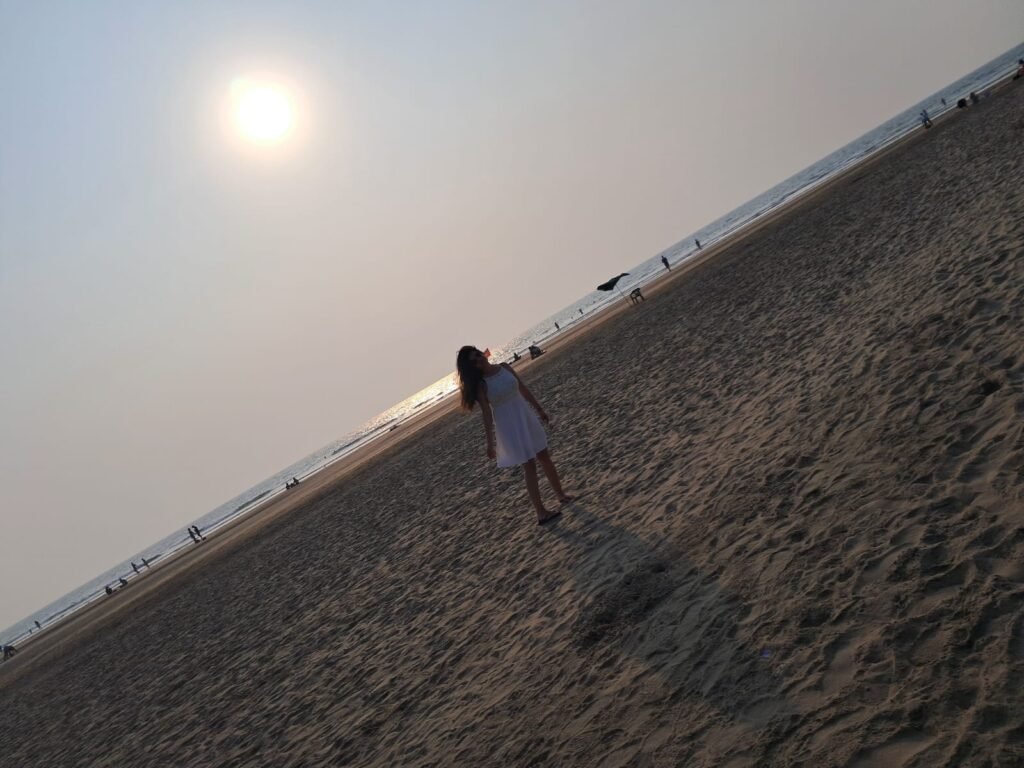Your Monsoon Travel Survival Guide
The monsoon season brings with it a refreshing change, painting the world in shades of green and filling the air with the soothing scent of rain and earth makes the vibe amazing reminding us of childhood memories with rain.
Whether you’re planning a serene retreat in the hills or an adventurous trek through the countryside, travelling during the monsoon can be a delightful experience if you take the right precautions and follow Travel Survival Guide for Monsoon.
From navigating slippery roads to staying dry and healthy, monsoon travel demands a bit more attention and precautions.
In this guide, we share essential tips to ensure your monsoon journey is safe, enjoyable, and free from unwanted surprises and difficulties during the travel.
Essential Travel Equipment for Monsoon Travel which are must have in your bag .Its the reminder before your travel can plan and choose the things according to your requirement of the place you are going.
1. Waterproof Gear
- Raincoat/Poncho: Lightweight, compact, and breathable options to keep you dry during sudden downpours.
- Waterproof Backpack Cover: Protect your backpack and its contents from getting soaked.
- Dry Bags: To keep your valuables like electronics, documents, and clothes safe from water.
2. Footwear
- Waterproof Shoes/Sandals: Durable and quick-drying options to keep your feet comfortable and dry.
- Extra Pair of Socks: Quick-dry or moisture wicking socks to change into if your feet get wet.
3. Clothing
- Quick-Dry Clothes: Lightweight, moisture-wicking fabrics that dry quickly and keep you comfortable.
- Light Jacket: A water-resistant jacket for warmth and protection from the rain.
- Hat/Cap: To keep rain off your face and provide some shade when it’s not raining.
4. Health and Hygiene
- Insect Repellent: To protect against mosquito bites and other insects prevalent during the monsoon.
- Hand Sanitizer: To maintain hygiene when soap and water are not available.
- First Aid Kit: Including antiseptics, band-aids, and any personal medications.Medicines of cough , cold , head ache ,fever is a must.You can keep some pain relief spray moov it will be of great use.
5. Electronics Protection
- Waterproof Phone Case: To protect your phone from rain and potential water damage.
- Power Bank: An extra battery to keep your devices charged, especially useful during power outages.
- Headlamp/Flashlight: With extra batteries for visibility during dark and rainy conditions.
6. Navigation and Communication
- Offline Maps: Download maps in case of poor network connectivity.
- Emergency Contact List: A list of important contacts and emergency numbers.
7. Travel Comfort
- Compact Umbrella: A small, sturdy umbrella for added rain protection.
- Travel Towel: A quick-dry, compact towel for wiping off rainwater.
- Waterproof Mat/Seat Cover: For sitting on wet surfaces during picnics or rest stops.
8. Snacks and Hydration
- Reusable Water Bottle: Preferably with a built-in filter to ensure clean drinking water.
- Non-Perishable Snacks: Energy bars, nuts, and dried fruits for quick energy boosts.
9. Safety Equipment
- Swiss Army Knife/Multi tool: Useful for a variety of small repairs and tasks.
- Whistle: For emergency signaling in case you need help.
- Rope/Para cord: For tying or securing items, can be very handy in emergency situations.
10. Miscellaneous
- Plastic Bags/Ziploc Bags: For separating wet and dry items, and for storing the essentials.Vacuum Bags are the best option for the travel.
- Notebook and Pen: To jot down important information, especially if your phone isn’t accessible
- Your Id’s , ATM cards ,some cash in case you are in no network zone during monsoon.
Some travel safety tips:
- Check Weather Updates: Monitor weather forecasts and plan your travel accordingly to avoid getting caught in heavy rains or floods.
- Safe Transportation: Opt for reliable transportation. Ensure your vehicle is in good condition and tires have sufficient tread to handle slippery roads.
- Avoid Night Travel: Traveling after dark can be risky due to poor visibility and unpredictable road conditions.
- Book in Advance: During the monsoon, roads may get blocked and accommodations can fill up quickly. Secure your stay in advance.
- Dry and Clean Rooms: Choose accommodations that are dry, well-ventilated, and free from mold and mildew.
- Avoid Risky Areas: Steer clear of flood-prone areas, landslide-prone regions, and overflowing rivers or streams.
- Listen to Locals: Locals often have the best advice regarding safe routes and current conditions. Don’t hesitate to ask for guidance
- Emergency Contacts: Keep a list of emergency contacts, including local authorities and medical facilities.
- Plan B: Have an alternative plan in case weather conditions force you to change your itinerary.
Conclusion
Traveling during the monsoon is a test of your adaptability and spirit of adventure. While the rain may pose challenges, it also offers a unique charm and serenity that other seasons can’t match. By equipping yourself with these essentials, you’re not just preparing for the rain; you’re embracing the full monsoon experience. So, step out confidently, explore the world anew, and let the rain be your companion in crafting unforgettable travel stories.
I hope my suggestions and tips will help you planning and remembering your essential belongings without any worry while packing your stuff especially during unplanned travel adventure when you are in hurry to pack and forget all the essentials required.
Feel free for more suggestions and recommendations for making it more helpful for others .
Any kind of suggestions will be highly appreciated.Happy monsoon travels!


